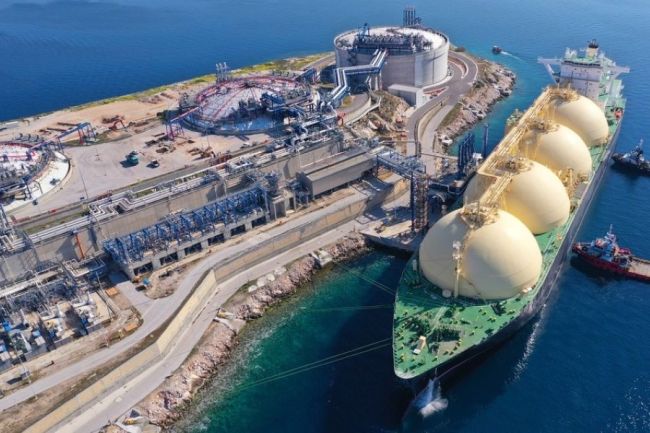LNG Canada is nearing its decision to begin the next phase of development, one month after the facility sent its first cargo.
Contractor Fluor announced Aug. 1 that its joint venture (JV) company with JGC won the FEED contract for LNG Canada’s Phase 2 project. The Flour JGC JV was one of the primary contractors for LNG Canada’s Phase 1.
“We’ve been a proud partner of LNG Canada through Phase 1, and we look forward to contributing to the next chapter in the construction of this world-class facility,” said Mike Alexander, Fluor’s business group president of energy solutions, in a press release.
LNG Canada is a 14 million tonnes per annum (mtpa) LNG production plant. The facility sent its first cargo on June 30. A JV consisting of Shell, Petronas, PetroChina, Mitsubishi and KOGAS operates the terminal.
The second phase would double the plant’s production to 28 mtpa.
“A FEED contract can often be a precursor to a positive final investment decision (FID) being made by a project’s proponent(s), in this case, the LNG Canada consortium, but is not a guarantee that such an FID will take place,” analytical firm RBN wrote in a report on the contract.
LNG Canada has not scheduled a potential date for an FID. The organization, led by CEO Chris Cooper, is developing a second phase in conjunction with all members of the JV, according to the company’s website.
The company is also working with the Canadian Government. British Columbia Premier David Eby discussed ongoing discussions with LNG Canada and the federal government to clear the path to an FID for Phase 2, according to a report in the Terrace Standard, a regional news publication.
The FID discussions occurred at the same time as reports that the facility had experienced technical problems as it continued to ramp up production.
The company’s liquefaction train is running at 50% because of an issue with a turbine and refrigeration unit, according to an S&P Global report based on anonymous sources. One cargo ship had been diverted, according to the story.
LNG Canada had sent four cargoes as of July 30.
